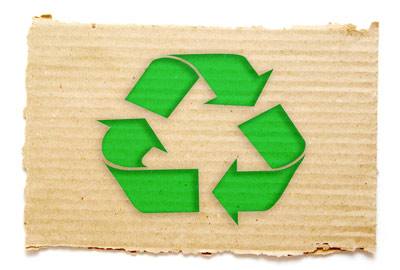
Mulch that is made from cypress or cedar may look nice, but you can use much more readily-available materials for mulch and weed control. You will also save money.
For controlling weeds, old cardboard boxes make excellent alternatives to wood mulch. Here is how cardboard boxes can be used in the garden.
1. Weed Controltrong>
Weeds can be a bothersome, labor-intensive problem. If you weed by hand, you have to get out and pull them nearly every week during the growing season. Weed killers are not good for the environment or your family (especially if you grow edible herbs or fruits and vegetables).
Cardboard blocks out sufficient light and air to keep weeds from growing. To fight tough weeds like poison ivy, lay several layers of cardboard over the poison ivy patch. Then weigh the cardboard down with bricks or rocks and leave it for several weeks.
2. Mulch
Water and air can pass through cardboard mulch, making it a healthy option for your garden. However, it holds in enough moisture to make a moisture-holding mulch. Here are some ways to use cardboard boxes to fit your mulching needs.
* Tear or cut up the cardboard into pieces and spread them around as you would wood mulch.
* Lay overlapping pieces of flat cardboard down around your plants and cover with earth, leaves, leaf mold, or compost.
* Before planting, lay flat pieces of cardboard all over the area you want to plant. Plant bulbs, seeds, and seedlings through holes you cut in the cardboard. Cover the cardboard with compost or other organic cover.
* If you have conventional wood mulch left over before you make the switch to cardboard, go ahead and make use of it. The cardboard can stretch the wood mulch – you need only lay an inch or so of wood mulch over the cardboard.
3. Soil Enrichment
As the cardboard breaks down, it enriches the soil. It makes a sort of compost as it biodegrades. In fact, you can recycle cardboard in your home compost pile. It will contribute to the richness of your compost. Beneficial fungus growth may be enhanced by the use of cardboard in your compost or garden, too.
You can obtain cardboard boxes by saving your own, intercepting them at your workplace, or asking your local grocery store to give them to you. While some sources caution against the use of printed or slick cardboard, other sources claim that in this day and age of biodegradable inks this is no longer an issue.

